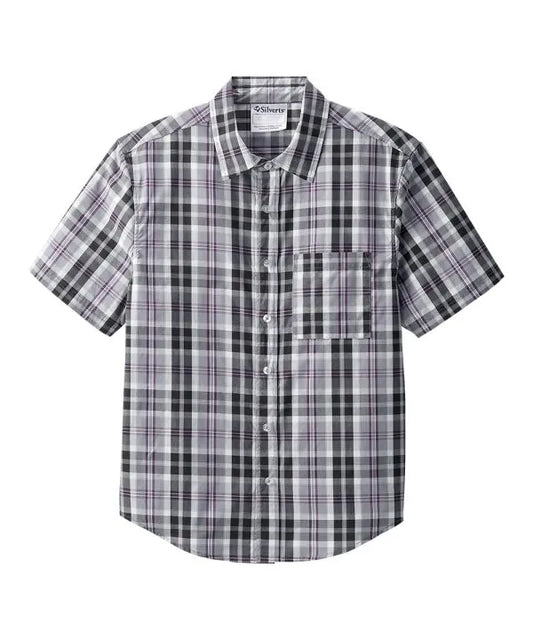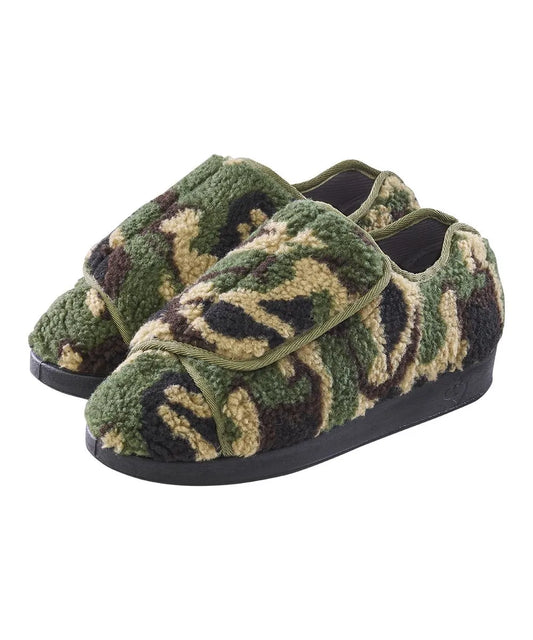Written by: Shristi S. Sharma & Reviewed by Gurnoor Mand
Fashion is not just about looking good, but it's also about identity, independence and accessibility for people who live with disabilities. It’s been quite noticeable that for a long time, the fashion industry has ignored the needs for the people with disabilities. However, things are slowly changing. People with disabilities have unique requirements when it comes to clothing, and the fashion industry must consider them.
Understanding the Challenges
The first step would be understanding the challenges faced by people with disabilities. People with disabilities have unique physical requirements that must be taken into account when designing clothing. In addition to that, they require clothing that is easy to put on and take off, comfortable to wear and can accolade any medical devices they may use. However, many clothing lines do not cater to these needs, which can leave people with disabilities feeling left out and reliant on others for help when dressing.
Many people with disabilities may find it difficult to access physical spaces, buildings, transportation, or facilities because of barriers such as stairs, narrow doorways, or lack of assistive devices. People may face limited clothing options. People with disabilities may have specific clothing needs, such as adaptive clothing that is easier to put on and take off, or clothing with additional features such as pockets or adjustable waistbands. However, many clothing brands do not offer these options, which limits their choices. In addition, they may find difficulty finding clothing that fits properly. People with disabilities often have unique body shapes that may not fit into standard sizes. This can make it challenging to find clothing that fits comfortably and looks good. People also face disabilities accessing fashion due to physical barriers, such as inaccessible stores or websites. This can make it challenging to shop for clothing and stay up-to-date with fashion trends. Adaptive clothing and other specialized clothing options can be more expensive than standard clothing, which can make it difficult for people with disabilities to afford the clothing they need.
Designing Clothes for People with Disabilities
However, various companies have analyzed the situation and have begun designing clothing for people with disabilities. Adaptive clothing lines have become more popular in recent years and are making a significant impact in the fashion industry. These clothing lines are designed to make dressing easier for people with disabilities, offering features such as easy access, Velcro fastening, and magnetic closures. These clothing lines not only make dressing easier for people with disabilities but also give them more independence.
Sense of Self-Expression
Another way fashion can promote independence for people with disabilities is by providing a sense of self-expression. People with disabilities often feel as through their disability defines them, and they are not able to express themselves through fashion. However, fashion can be a tool for self-expression and can help people with disabilities feel more confident and empowered. Adaptive clothing lines offer a wide range of styles, patterns, and colours, giving people with disabilities the opportunity to express their individuality through fashion. Fashion can also promote independence for people with disabilities by promoting positive representation in advertising and media. This can help to break down stereotypes and stigmas associated with disabilities, promoting a more inclusive and accepting society. Seeing models with disabilities in fashion campaigns and on the runway can help to promote the idea that people with disabilities can be independent, fashionable and confident.
Promotes Inclusivity
Furthermore, fashion can promote inclusivity for people with disabilities. When people with disabilities see models and influencers with disabilities represented in the fashion industry they feel more included and accepted. It is also helps to break down stereotypes and stigma surrounding people with disabilities represented in the fashion industry, they feel more included and accepted. It also helps to break down stereotypes and stigma surrounding people with disabilities. By including people with disabilities in the fashion industry, it promotes diversity and shows that everyone has the right to feel confident and fashionable, regardless of their abilities.
Adaptive Sportswear
Additionally, fashion can help people with disabilities to participate in everyday activities. For example, some people with disabilities require clothing that is easy to move around in, allowing them to participate in sports and other physical activities. Adaptive clothing lines have responded to this need by designing sportswear that is easy to put on and take off and provides extra support where needed. This allows people with disabilities to participate in physical activities without worrying about their clothing.

Independence
Finally, fashion can promote independence for people with disabilities by providing access to mainstream fashion. In the past, people with disabilities have been limited to specialized clothing lines that were not fashionable. However, adaptive clothing lines are changing this by offering fashionable clothing that is designed with their needs in mind. This means that people with disabilities can now access mainstream fashion and feel included in the fashion world. In terms of fashion, sensory friendly clothing is designed with fabrics or clothing textures uncomfortable, making it easier for people with sensory sensitivities to participate in everyday activities. Likewise, footwear is an important consideration for people with disabilities, as it can impact mobility and comfort. People who use orthotics or other mobility aids may need shoes with a wider toe box or adjustable straps to accommodate their needs. Shoes with slip-resistant soles can be helpful for people who use mobility aids or have difficulty with balance.
In conclusion, fashion can play a significant role in promoting independent for people with disabilities. By designing clothing with their unique requirements in mind, fashion can make dressing easier and provide a sense of self-expression. It also promotes inclusivity, allows people with disabilities to participate in everyday activities, and provides access to mainstream fashion. As the fashion industry continues to recognize the needs of people with disabilities, we can expect to see even more innovative and empowering clothing lines in the future.
















